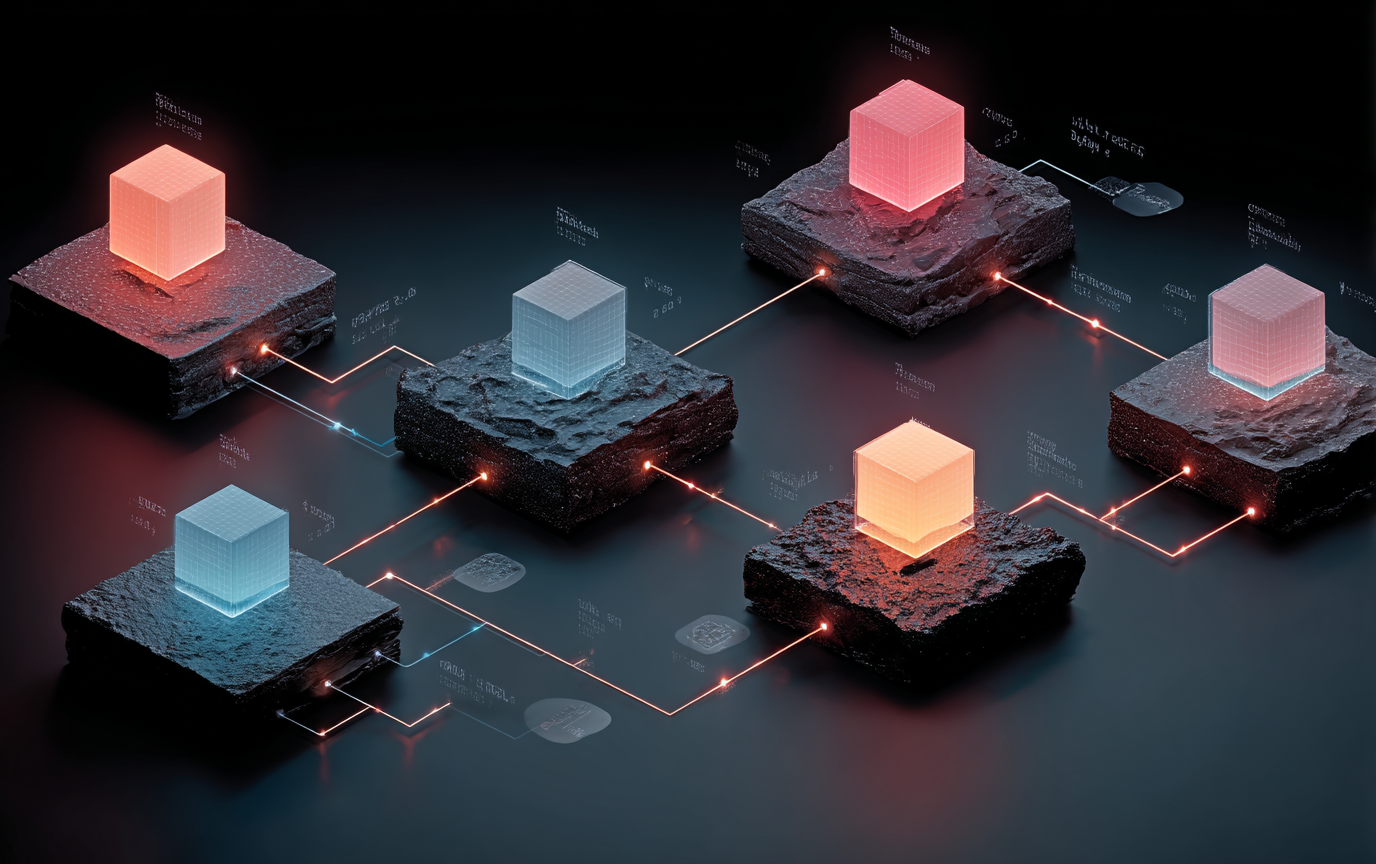In the ever-evolving landscape of cryptocurrency, understanding the intricacies of blockchain technology is vital. If you’re a beginner or someone who wants to delve deeper into how digital currencies operate, familiarizing yourself with layer 1 blockchains is key. Layer 1 blockchains act as the backbone of the cryptocurrency world, providing the foundational building blocks for many decentralized applications and services.
So why should you care about layer 1 blockchains? Well, they are not merely technical constructs; they’re what enable cryptocurrency transactions, smart contracts, and even entire decentralized ecosystems. Their role is paramount in ensuring the integrity, security, and scalability of various blockchain networks. As you read this article, you’ll discover just what a layer 1 blockchain is, how it differs from layer 2 solutions, and why they’re so critical to the future of digital currency use and adoption.
Let’s dive into the fascinating world of layer 1 blockchains and their impact on cryptocurrency.
What is a Layer 1 Blockchain?
At its core, a layer 1 blockchain is the main infrastructure that processes and verifies transactions on its network. Have you ever heard of Bitcoin? It’s one of the earliest and most well-known layer 1 blockchains. Unlike other layers that might operate on top of this structure, a layer 1 blockchain functions on its own without the need for additional infrastructure. Layer 1 blockchains execute transactions directly on their own chain, ensuring that every transaction is validated and recorded securely. They utilize consensus mechanisms to maintain the security and integrity of their network. A consensus mechanism is a protocol that allows the network to agree on the validity of transactions in a decentralized environment. Think of it as the method by which everyone involved in the network comes to a mutual agreement on what transaction data is correct. Key characteristics of layer 1 blockchains include:- Transaction Execution: They process and finalize transactions independently, without the need for an external layer.
- Consensus Mechanisms: They utilize various consensus algorithms like Proof of Work (PoW) or Proof of Stake (PoS) to secure the network.
- Decentralization: Operating in a decentralized manner, they eliminate reliance on a singular authority.
- Smart Contract Execution: Many layer 1 blockchains can run smart contracts, allowing them to facilitate decentralized applications (dApps).
Key Examples of Layer 1 Blockchains
To fully grasp the concept of layer 1 blockchains, let’s look at some prominent examples:Bitcoin
Bitcoin, the very first cryptocurrency, operates on a layer 1 blockchain. It pioneered the use of a decentralized ledger, allowing people to send and receive value without intermediaries. The underlying technology processes transactions securely, thanks to its proof-of-work consensus mechanism.Ethereum
Ethereum revolutionized the blockchain realm by introducing smart contracts, which allow developers to create decentralized applications on its layer 1 blockchain. The Ethereum network has given rise to various tokens and projects, making it a bustling ecosystem for innovation.Solana
Solana is recognized for its speed and scalability. With the ability to handle thousands of transactions per second, it stands out among layer 1 blockchains. Developers are increasingly gravitating towards Solana to build high-performance applications in various sectors. These samples showcase the diversity and capability of layer 1 blockchains in today’s cryptocurrency landscape.Architecture and Components
Understanding the architecture of layer 1 blockchains equips you with a better knowledge of how they operate. Here are the essential components:- Network Nodes: These are the computers that validate transactions and keep the blockchain’s state intact. Each node contributes to network security and transaction integrity.
- Consensus Mechanisms: This is the heart of a layer 1 blockchain, ensuring all nodes agree on the transaction data. Examples of consensus methods include Proof of Work and Proof of Stake.
- Native Coins: Most layer 1 blockchains come with their own native cryptocurrency. For example, Bitcoin uses BTC, and Ethereum uses ETH. These tokens facilitate transaction fees, staking, and community governance.
Layer 1 vs. Layer 2 Blockchains
You may have heard the terms “layer 1” and “layer 2” used interchangeably, but they are distinctly different. Layer 1 blockchains are like the foundation of a house, while layer 2 solutions are akin to additional floors that enhance the living space without altering the structural integrity of the base. Layer 2 blockchains are built on top of layer 1 solutions and are designed to improve scalability and transaction speed. They accomplish this by processing transactions off the main blockchain, thereby decreasing load and increasing overall efficiency. Popular examples of layer 2 solutions include:- Lightning Network for Bitcoin: This is designed to facilitate faster transactions by creating off-chain channels, allowing for instant exchange without clogging the main Bitcoin chain.
- Polygon for Ethereum: Polygon enhances Ethereum’s scalability by providing a framework to build multiple chains, thus allowing for faster transactions while still benefiting from Ethereum’s security.
Importance of Layer 1 Blockchains
Layer 1 blockchains hold immense significance in the cryptocurrency ecosystem:- Enable Scalability Innovations: Acting as a solid foundation, they open the door for further scalability innovations within the blockchain architecture. This becomes essential as demand for transaction capacity grows.
- Facilitate Decentralized Applications: With the capability of executing smart contracts, layer 1 blockchains are crucial for a varied array of dApps that can offer services across different sectors.
- Promote Security and Integrity: With advanced consensus algorithms, they provide robustness and a trustworthy environment for transactions, which is essential in a decentralized setting.
Future of Layer 1 Blockchains
The future of layer 1 blockchains is bright and dynamic. As developers continue to face challenges related to scalability, innovations such as sharding and off-chain transactions are being explored. Sharding involves partitioning data to allow for parallel processing, which could enhance performance significantly without sacrificing network security. Moreover, the evolving landscape will likely see deeper integration with layer 2 solutions, where both layers will work in tandem to create high-performance networks that cater to various applications, from finance to supply chain management. Future layer 1 blockchains may offer even more advanced features, ensuring their position in the ever-expanding digital currency universe. In conclusion, navigating the world of layer 1 blockchains is essential for anyone interested in the future of cryptocurrency. These foundational networks not only facilitate secure transactions but also enable the development of innovative decentralized applications and services. As advancements continue in the blockchain space, understanding these core concepts will prepare you for the fascinating opportunities ahead. Feel free to explore more in-depth guides on Crypto 101, discover insights through Exchange Reviews, stay updated with the latest in News, and find essential tools and wallets in the Tools and Wallets section on Exchainer.com. Explore Related Articles:- How to Plan for Crypto Market Volatility
- Top Tools for Secure Crypto Transactions
- Managing Crypto Finances on a Tight Budget
- What is a Software Wallet?
- Essential Tips for Crypto Wallet Maintenance












